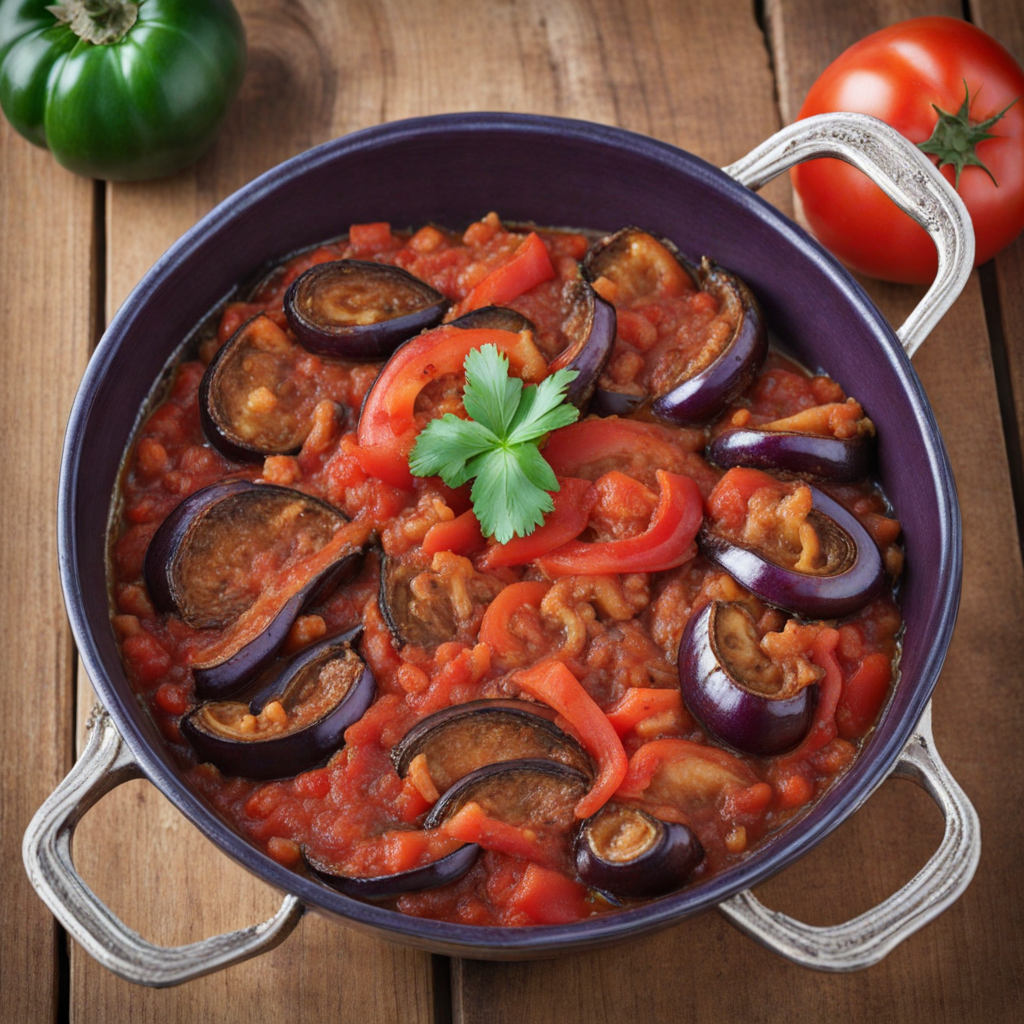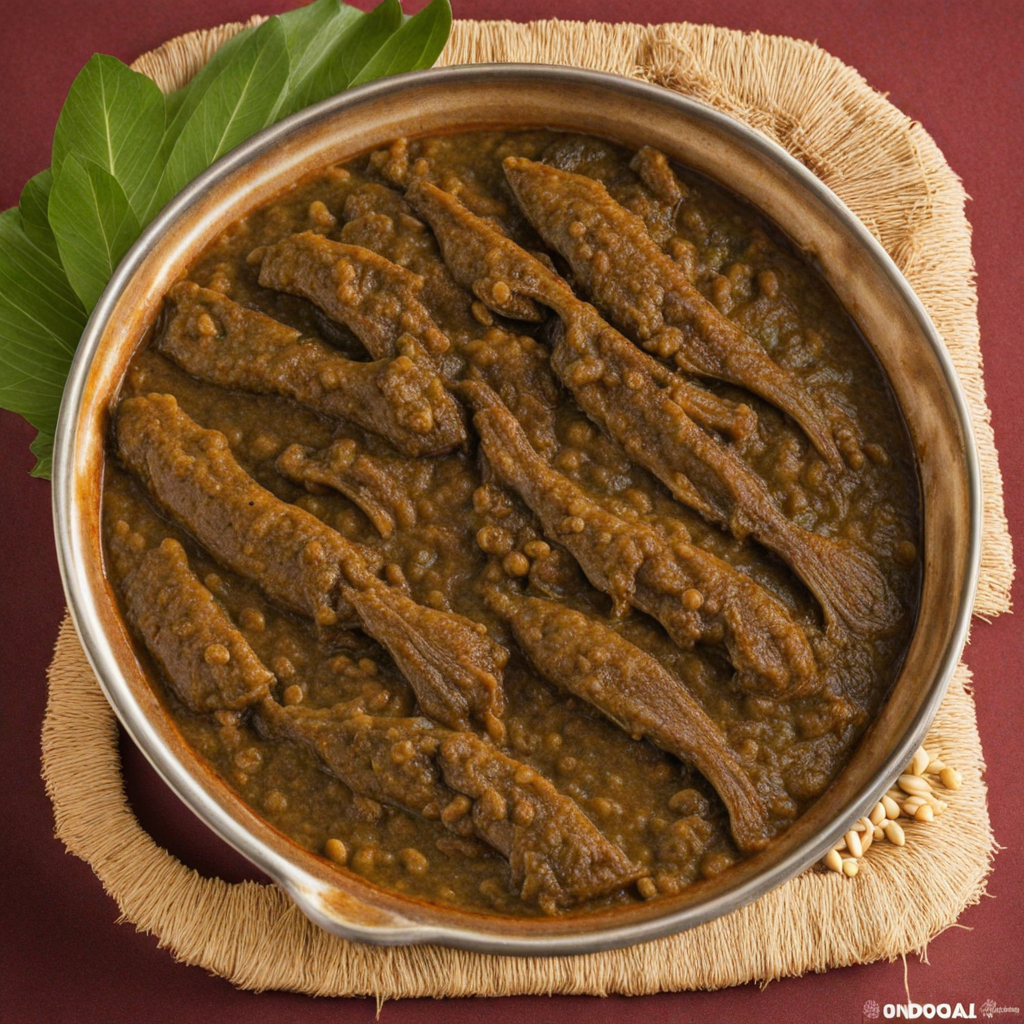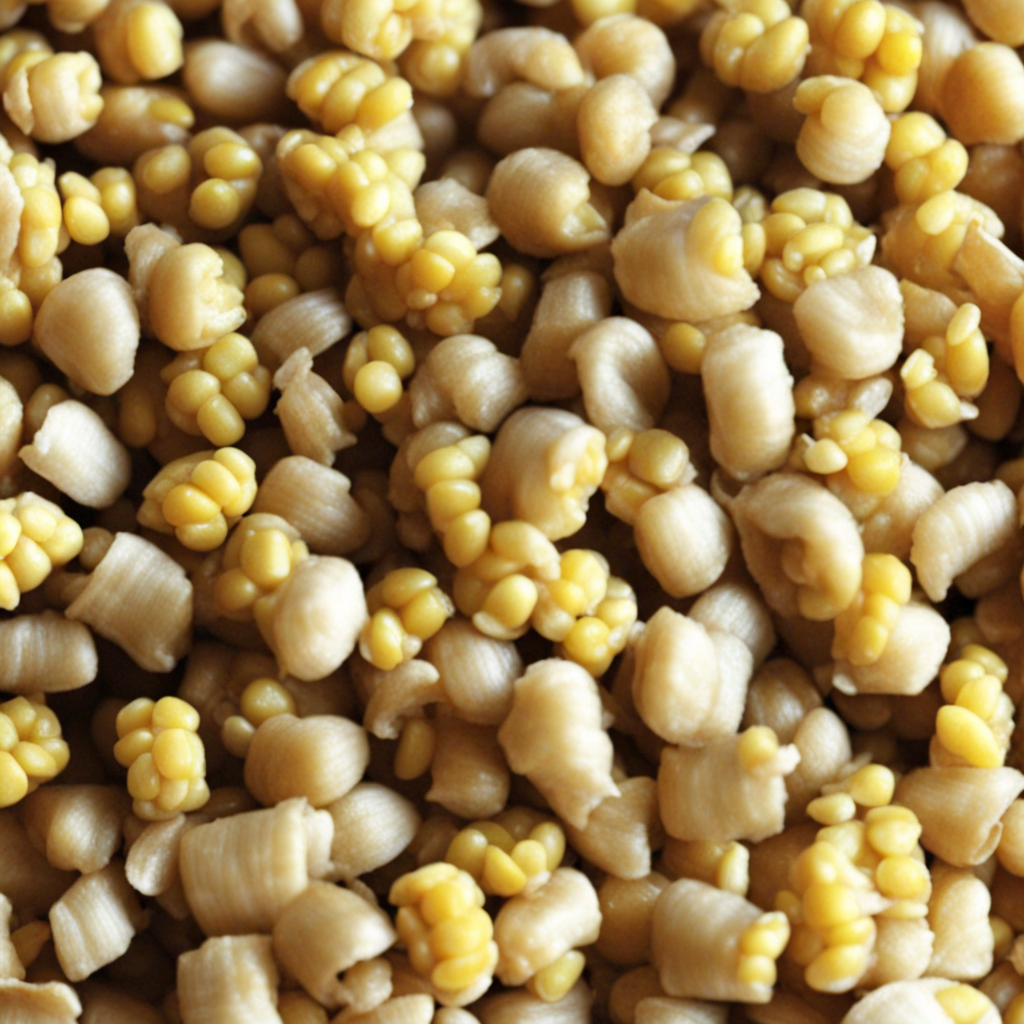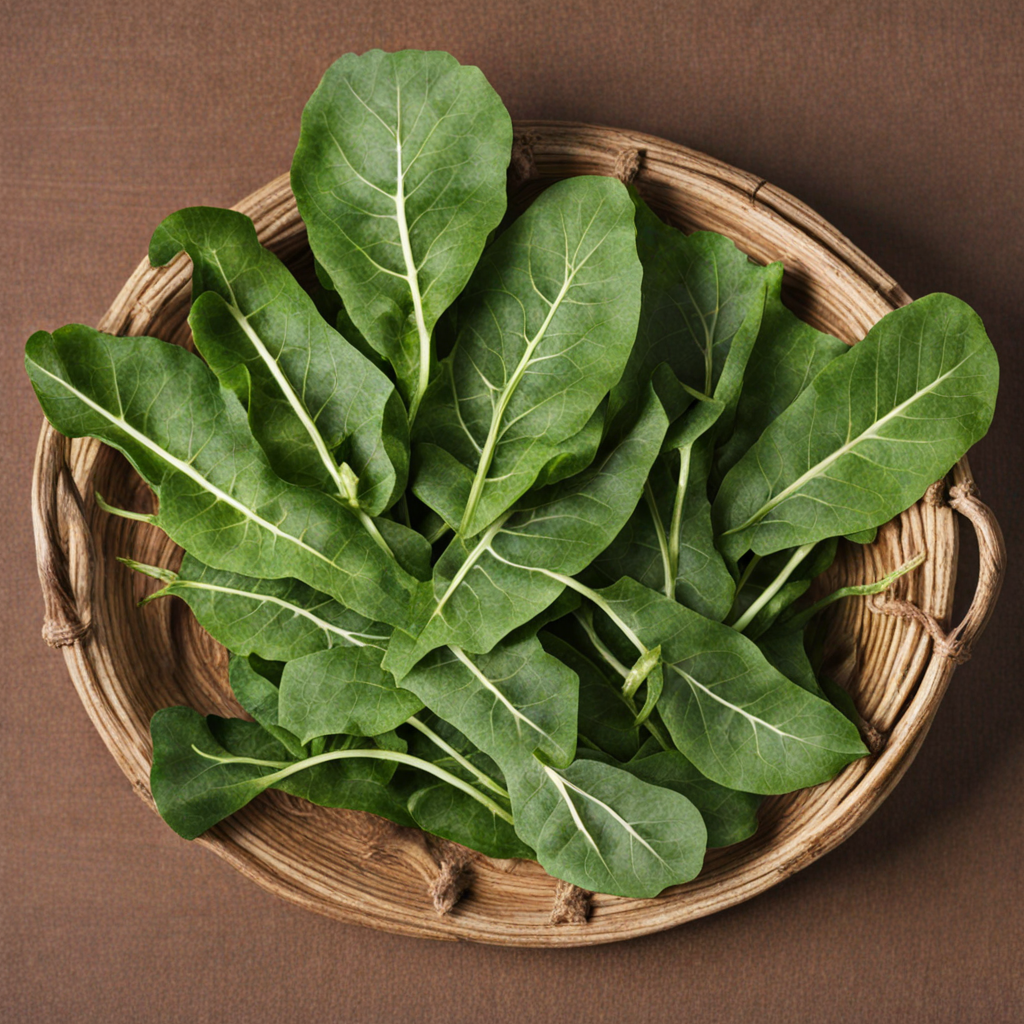Impwa
Impwa, also known as African eggplant or bitter tomato, is a staple ingredient in Zambian cuisine that showcases the rich biodiversity of the region. This unique fruit has a distinct flavor profile, characterized by its slight bitterness and a hint of earthiness. When cooked, impwa takes on a tender texture, making it a versatile addition to a variety of dishes. It is often enjoyed in stews, where it absorbs the flavors of accompanying spices and ingredients, creating a harmonious balance that tantalizes the taste buds. One of the most popular ways to prepare impwa is by combining it with tomatoes, onions, and various spices to create a savory relish that can accompany staples like nshima (a traditional maize porridge). The dish is not only flavorful but also packed with nutrients, making it a wholesome choice for those looking to explore the culinary landscape of Zambia. The contrast of textures and flavors in a well-prepared impwa dish is sure to leave a lasting impression on anyone willing to try it. As you delve into Zambian cuisine, you'll find that impwa is often celebrated for its role in communal dining, bringing people together around the table. Whether served as a side dish or as part of a larger meal, this ingredient offers a glimpse into the local culture and traditions. For adventurous eaters seeking to broaden their culinary horizons, impwa provides an exciting opportunity to experience a taste that is both unique and deeply rooted in Zambian heritage.
How It Became This Dish
Impwa: A Culinary Gem of Zambia Origin and Historical Background Impwa, also known as African eggplant or Solanum aethiopicum, is a traditional Zambian dish made from the fruit of the same name, which belongs to the Solanaceae family. This captivating food has deep roots in the history of Zambia and is celebrated for its flavor and nutritional value. The origin of impwa can be traced back to ancient times, with evidence suggesting that the fruit has been cultivated in Africa for thousands of years. It is believed that the indigenous people of the region were among the first to recognize the potential of this wild plant, which thrived in the local climate. The name "impwa" comes from the local Bemba language, and its culinary significance extends beyond just nourishment. It also reflects the rich agricultural heritage of Zambia, where farming and foraging have been intertwined with cultural practices for generations. Traditionally, impwa was harvested in the wild, but over time, it became domesticated, leading to its integration into local farming systems. Cultural Significance Impwa is much more than just a food item; it is a symbol of Zambian culture and identity. The fruit is often associated with traditional rituals and celebrations. In many rural communities, impwa is a staple during gatherings and communal meals, where families and friends come together to share food and stories. The preparation and consumption of impwa often involve communal participation, reinforcing social ties and cultural identity. Additionally, impwa holds a unique place in Zambian folklore. It is often mentioned in proverbs and stories that emphasize the importance of agriculture and the bond between people and the land. The fruit is sometimes seen as a metaphor for resilience and adaptability, reflecting how communities have historically relied on local resources to nourish themselves in the face of challenges. In Zambian cuisine, impwa is typically prepared in various ways, including stews, sauces, and even grilled dishes. The fruit is known for its slightly bitter taste when raw, which transforms into a rich, savory flavor when cooked. This versatility makes it an essential ingredient in many traditional dishes. Impwa is often paired with staple foods like nshima (a thick porridge made from maize flour) or served alongside meat and vegetables, creating a balanced and nutritious meal. Development Over Time As Zambia evolved, so did the culinary practices surrounding impwa. The advent of globalization and the introduction of new agricultural practices influenced the way impwa is cultivated and consumed. While it remained a staple in rural areas, urbanization led to a shift in dietary habits. In cities, where fast food and international cuisines became more prominent, the consumption of traditional foods like impwa waned for a time. However, the resurgence of interest in traditional foods and sustainable agriculture has sparked renewed appreciation for this indigenous ingredient. In recent decades, several initiatives have aimed to promote the cultivation and consumption of impwa as a means of preserving Zambian culinary heritage. Agricultural programs have been established to encourage farmers to grow impwa alongside other crops. This not only helps to sustain the plant's biodiversity but also ensures that younger generations are educated about its cultural significance and nutritional benefits. The nutritional profile of impwa is impressive; it is rich in vitamins A and C, as well as antioxidants and minerals. As the global emphasis on healthy eating grows, impwa has garnered attention not just in Zambia but also beyond its borders. Food enthusiasts and chefs are rediscovering traditional ingredients like impwa, integrating them into modern recipes and culinary innovations. This newfound interest has led to impwa being featured in gourmet restaurants, food festivals, and culinary events, showcasing its potential as a global delicacy. Modern Usage and Culinary Innovations Today, impwa is celebrated in various forms. Chefs are experimenting with the fruit, creating dishes that blend traditional flavors with contemporary culinary techniques. For instance, impwa is now being used in salads, dips, and even desserts, demonstrating its versatility and appeal to a wider audience. Its unique flavor profile lends itself well to fusion dishes that combine elements from different cuisines, attracting both local and international food lovers. The rise of the farm-to-table movement has also highlighted the importance of using locally sourced ingredients, giving impwa a prominent place on menus across Zambia and beyond. Many chefs emphasize the story behind impwa, educating diners about its heritage and the sustainable agricultural practices that support its cultivation. This trend not only honors the traditional preparation methods but also brings awareness to the broader narrative of food and culture in Zambia. Furthermore, the use of impwa is being revitalized in home cooking, as families return to their roots and embrace traditional recipes. Cookbooks and online platforms have emerged that celebrate Zambian cuisine, featuring impwa in various dishes and encouraging home cooks to experiment with this remarkable ingredient. Conclusion Impwa is a culinary treasure that embodies the rich cultural heritage of Zambia. Its journey from wild foraging to a beloved staple reflects the resilience and adaptability of Zambian communities. As the world increasingly values traditional foods and sustainable practices, impwa stands at the forefront of this movement, bridging the past with the present and future. The revival of interest in impwa not only ensures the preservation of Zambian culinary traditions but also provides an opportunity for cultural exchange and innovation. As chefs, home cooks, and food enthusiasts continue to explore the possibilities of this remarkable fruit, impwa is destined to carve out a larger space in the global culinary landscape, celebrating the flavors and stories of Zambia for generations to come.
You may like
Discover local flavors from Zambia







